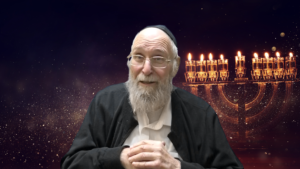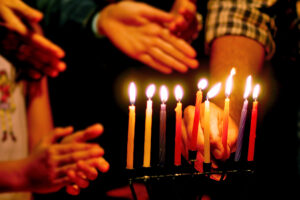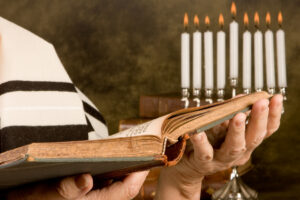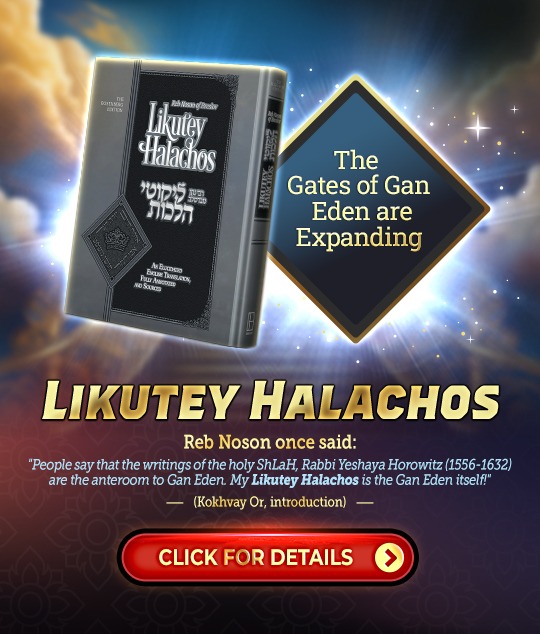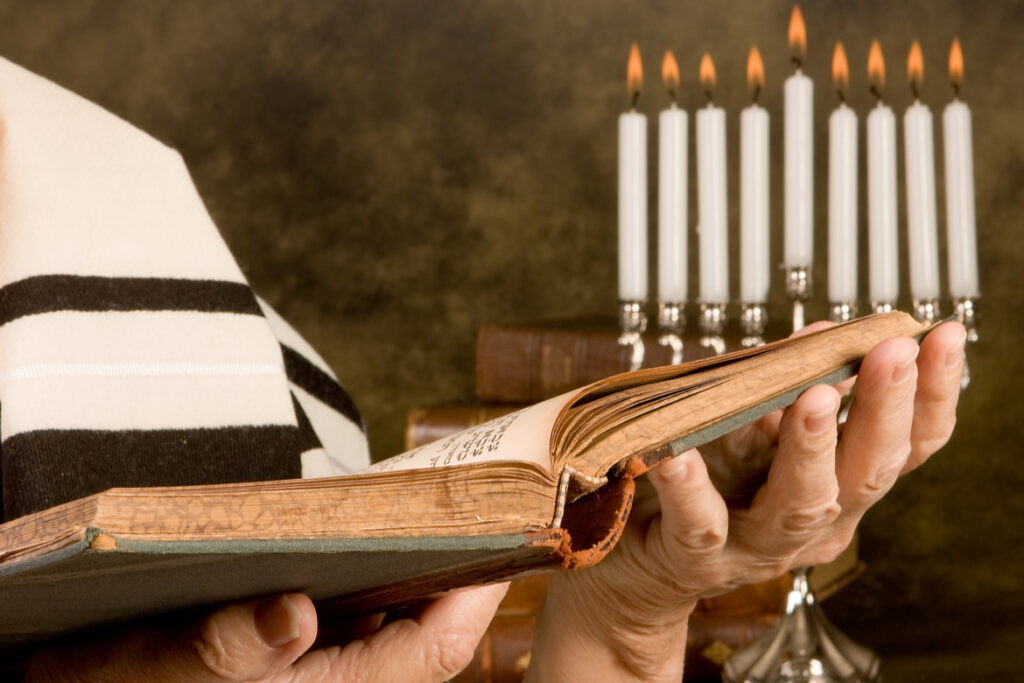See You in Meron!
Bon voyage! As I write these words, I am preparing to leave my home in Lakewood, New Jersey, for the Holy Land. Why, you ask? Well, besides the privilege and mitzvah of walking dalet amos in Eretz Yisrael, I am traveling in order to join the pilgrimage to the gravesite of Rabbi Shimon Bar Yochai in Meron.
We know that the Jewish calendar is not a series of popular “holidays,” but a timeline for spiritual growth. Lag BaOmer, the 33rd day of the Omer counting (this coming Sunday), is the day that Rabbi Shimon Bar Yochai, author of the Zohar, passed away. It is a day of great celebration with music and dancing, the lighting of bonfires, and the first haircut for many three-year-old boys.
Why is Rabbi Shimon’s yahrtzeit a cause for celebration? Shouldn’t we be mourning the death of a tzaddik? It’s true that on this day, Rabbi Akiva’s disciples stopped dying – but after the holiday, they continued to perish once again. What is the secret of this day?
Rabbi Shimon was once overheard criticizing the Roman governors of Israel. The Romans decided to punish him with death, so he fled and lived in a cave for 12 years with his son, Rabbi Elazar. During this period, the two did nothing but study Torah day and night. Finally, the caesar died and the decree was cancelled. But after being secluded with the Torah for so many years, the mundane world that they encountered upon their re-emergence from the cave seemed so vain.
When they saw men tending the earth, they asked, “Are these people crazy? They are trading Torah, which is eternal, for something of fleeting importance.” Anger blazed from their eyes and consumed the vanities of this world. A Heavenly voice called out, “Have you come to destroy my world? Go back to your cave!” They were forced to spend another 12 months in the cave before coming out again.
Now, as the sun was setting at the onset of Shabbat, they saw an old man running with two bundles of hadasim. They asked him why he needed them. He replied that he wanted their fragrance for the honor of Shabbat. But why two? they wondered. He explained that one was for the positive commandment of zakhor (remember the Shabbat) and the other for the negative commandment of shamor (guard the Shabbat). The simple actions of the old man taught Rabbi Shimon the essence of a Jew and his eternal love and connection to God and Torah.
The story of Rabbi Shimon alludes to his great mission. While he was able to probe the depths of the Torah and its secrets, he also learned not to judge the world negatively from his elevated level. His mission was to reveal that the most hidden and elevated Torah teaches that a Jew is always connected to God, no matter who he is and what he may have done.
Rabbi Akiva also mastered the secrets of the Torah, so much so that even Moses couldn’t understand why the Torah wasn’t given through him (see Menachot 29b). But Rabbi Akiva’s Torah remained in its lofty, remote state. It was for this reason that Rabbi Akiva’s students did not treat each other with the necessary degree of respect. Rabbi Shimon was the tikkun for this. He was able to reveal that the essence and source of Torah is the unity and bond between God and each Jew. The greatest secrets teach us that we can always connect and discover the Godliness within every place and every Jew. This is the essence of the Zohar and the life of Rabbi Shimon.
And this is why Jews travel from around the world to be with Rabbi Shimon on his yahrtzeit. On a yahrtzeit, the tzaddik ascends to an even higher place in Heaven – and, as Rabbi Shimon teaches, the tzaddik is now able to reveal more than ever that God is with us always, no matter where we may be.
Based on Likutey Halakhot, Geviyat Chov MeiHaYesomim 3
- 0 comment





